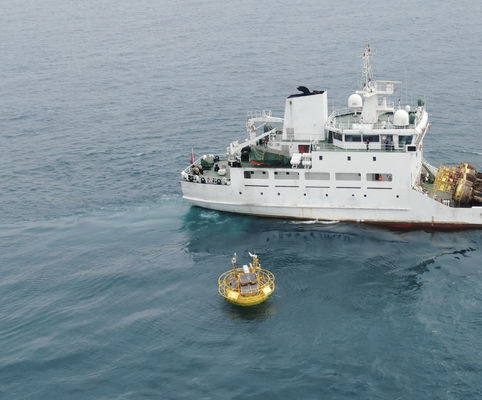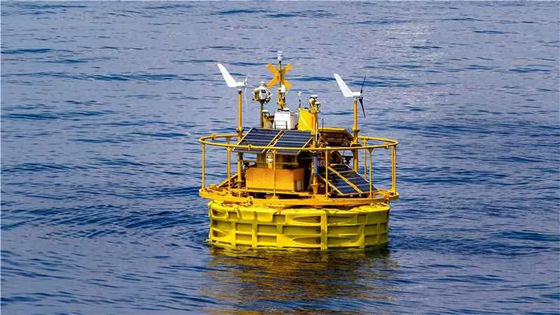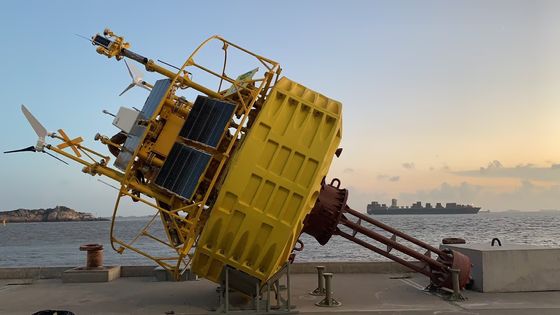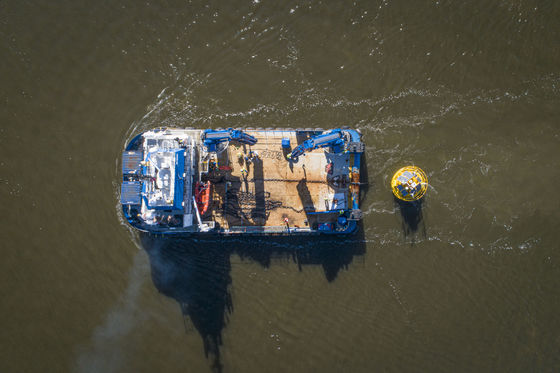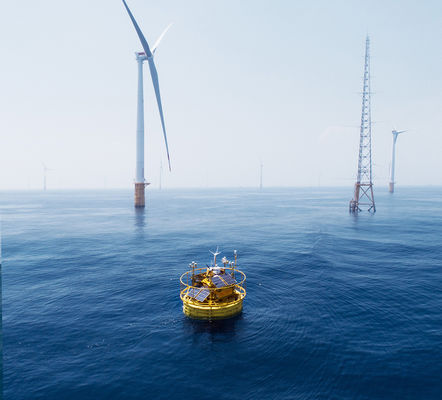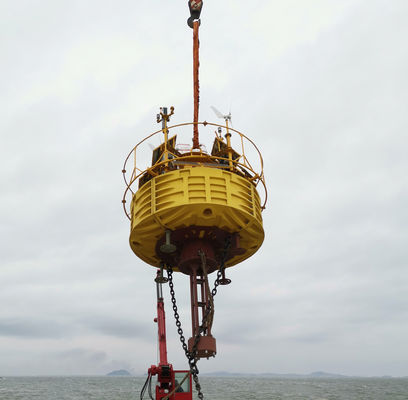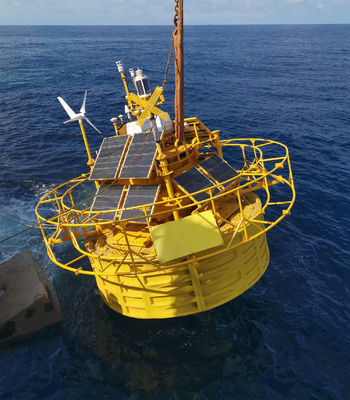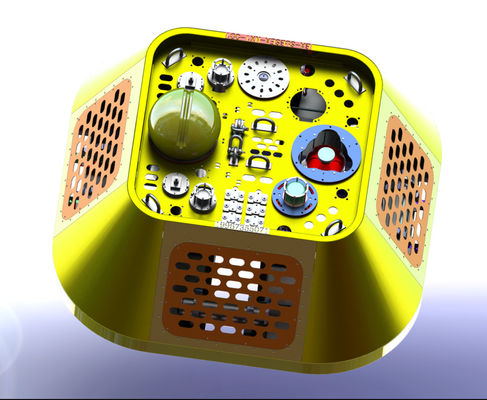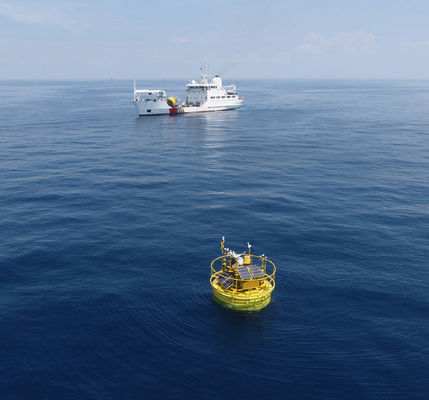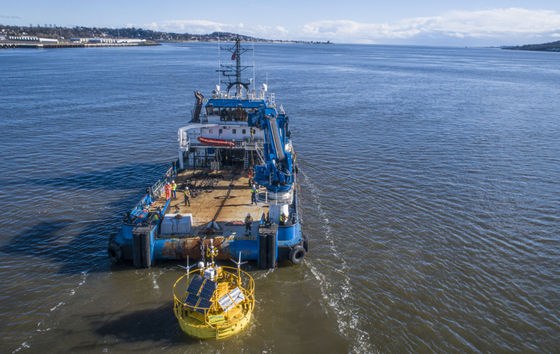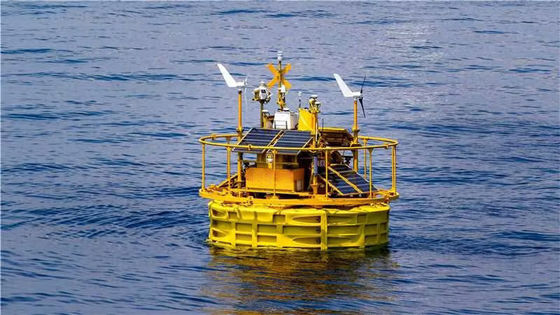| Blue Aspirations |
Carbon Trust
OWA Road map Stage 2 Verification (Dundee, Scotland)
|
BA-FLS-NX5,
ZX 300M x 1;
Windcube offshore V2 x1
|
Offshore
Met Mast
Inch Cape
|
Oldbaum Services from the UK
(3rd-party certifier ).
The final report will be reviewed by DNV
|
2023.3 - 2023.9 |
Stage 2 Assessment Report for Windcube:
Duration: 6 months; System availability: 100%
Data availability: >98.77% for all measurement heights
Data accuracy(Wind speed):
>2m/s: R2 > 0.995, Slope: 0.990~0.991
4~16m/s: R2 > 0.985, Slope: 0.995~1.000
Data accuracy(Wind Direction):
91m: R2 >0.999, Slope: 1.003,
101m:R2 >0.999, Slope: 1.003,
111m:R2 >0.998, Slope: 1.003
Stage 2 Assessment Report for ZX300M:
Duration: 6Months; System availability: 100%
Data availability: >96.3% for all measurement heights
Data accuracy(Wind speed):
>2m/s: R2 > 0.989, Slope: 0.988~0.992
4~16m/s: R2 > 0.981, Slope: 0.988~0.991
Data accuracy(Wind Direction):
91m: R2 >0.992, Slope: 1.002,
101m:R2 >0.991, Slope: 1.003,
111m:R2 >0.987, Slope: 1.003
|
| China Three Gorges |
Yangjiang,
Guangdong
|
BA-FLS-NX5,
ZX 300M
|
Offshore
Met Mast
|
Blue
Aspirations
|
2021 |
Duration: 2 months; System availability:100%
Data availability: >99.98% for all measurement heights
Data accuracy(Wind speed):
>2m/s: R2 > 0.9959, Slope: 0.9964~1.0096
4~16m/s: R2 > 0.9921, Slope: 0.9986~1.0122
Data accuracy(Wind Direction):
50m:R2 >0.9987, Slope: 1.0125, Offset:-1.9075
100m:R2 >0.9986, Slope: 1.0198, Offset:-1.4955
|
| China Three Gorges |
Yangjiang,
Guangdong
|
BA-FLS-NX5,
Molas B300M
|
Offshore
Met Mast
|
Shanghai
Institute
|
2022 |
Duration: 2 months; System availability:100%
Data availability: >98.5% for all measurement heights
Data accuracy(Wind speed):
>2m/s: R2 > 0.99, Slope: 1.00~1.01
4~16m/s: R2 > 0.99, Slope: 1.00~1.02
Data accuracy(Wind Direction):
R2 > 0.97, Slope: 1.03, Offset: -1.3
|
| Blue Aspirations |
Prototype
validation,
Zhoushan, nearshore
|
BA-FLS-2.4,
ZX 300M
|
Fixed ZX
300M
|
DNV GL |
2019 |
Duration: 1 month; System availability: 100%
Data availability: >97% for all measurement heights
Data accuracy(Wind speed):
>2m/s: R2 > 0.994, Slope: 0.994~1.003
Data accuracy(Wind Direction):
R2 > 0.999, Slope: 0.998-1.002,
Offset: -0.83~0.04
|
| Huarun |
Cangnan,
Zhejiang
|
BA-FLS-NX5,
ZX 300M
|
Offshore
Met Mast
|
Huarun |
2020 |
Duration: 1 month; System availability: 100%
Data availability: >96.24% for all measurement heights except 120m (Note: 91.31%, several foggy days)
Data accuracy(Wind speed):
>2m/s : R2 > 0.9918, Slope: 0.9889~1.0283
4~16m/s: R2 > 0.9851, Slope: 0.9851~0.9938
Data accuracy(Wind Direction):
R2 > 0.9981, Slope: 0.9826~0.9961, Offset: -0.758~1.4559
|
|
Shanghai
Institute
|
Nanhui,
Shanghai
|
BA-FLS-NX5,
ZX 300M
|
Fixed
platform
ZX 300
|
Blue
Aspirations
|
2020 |
Duration: 2 months; System availability:100%
Data availability: >99.7% for all measurement heights
Data accuracy(Wind speed, >2m/s and 4~16m/s): R2 > 0.97, Slope: 0.98~1.02
Note: the platform LiDAR has an fatal issue with wind direction, thus Wind direction is not compared
|

 Your message must be between 20-3,000 characters!
Your message must be between 20-3,000 characters! Please check your E-mail!
Please check your E-mail!  Your message must be between 20-3,000 characters!
Your message must be between 20-3,000 characters! Please check your E-mail!
Please check your E-mail! 
